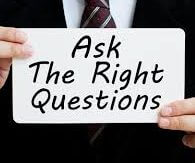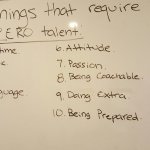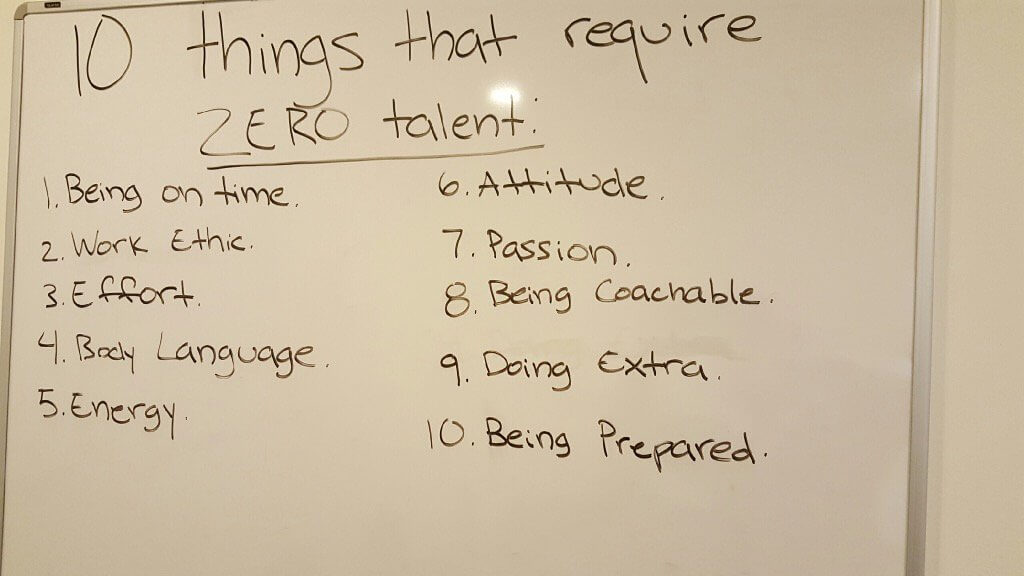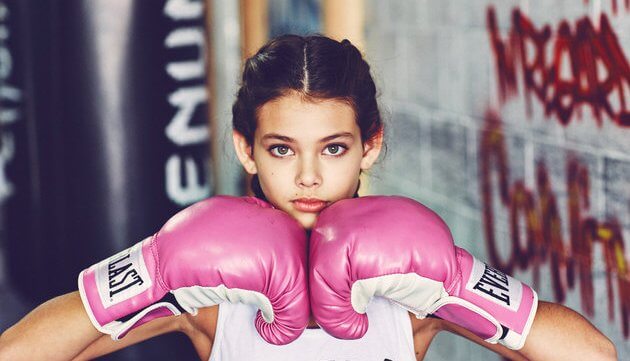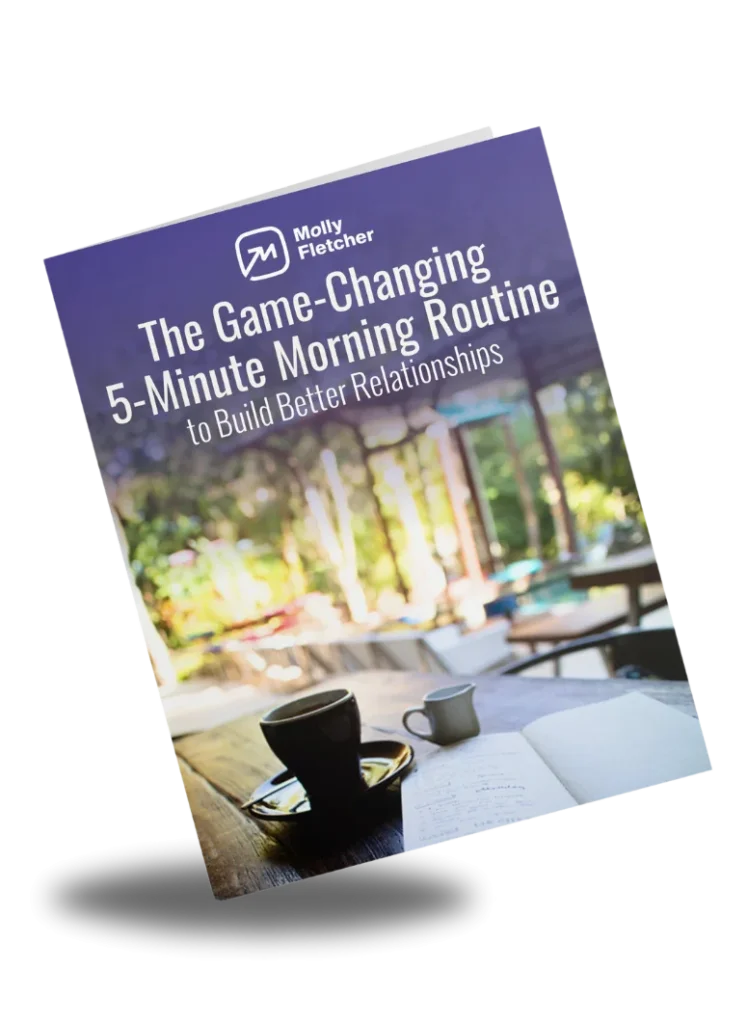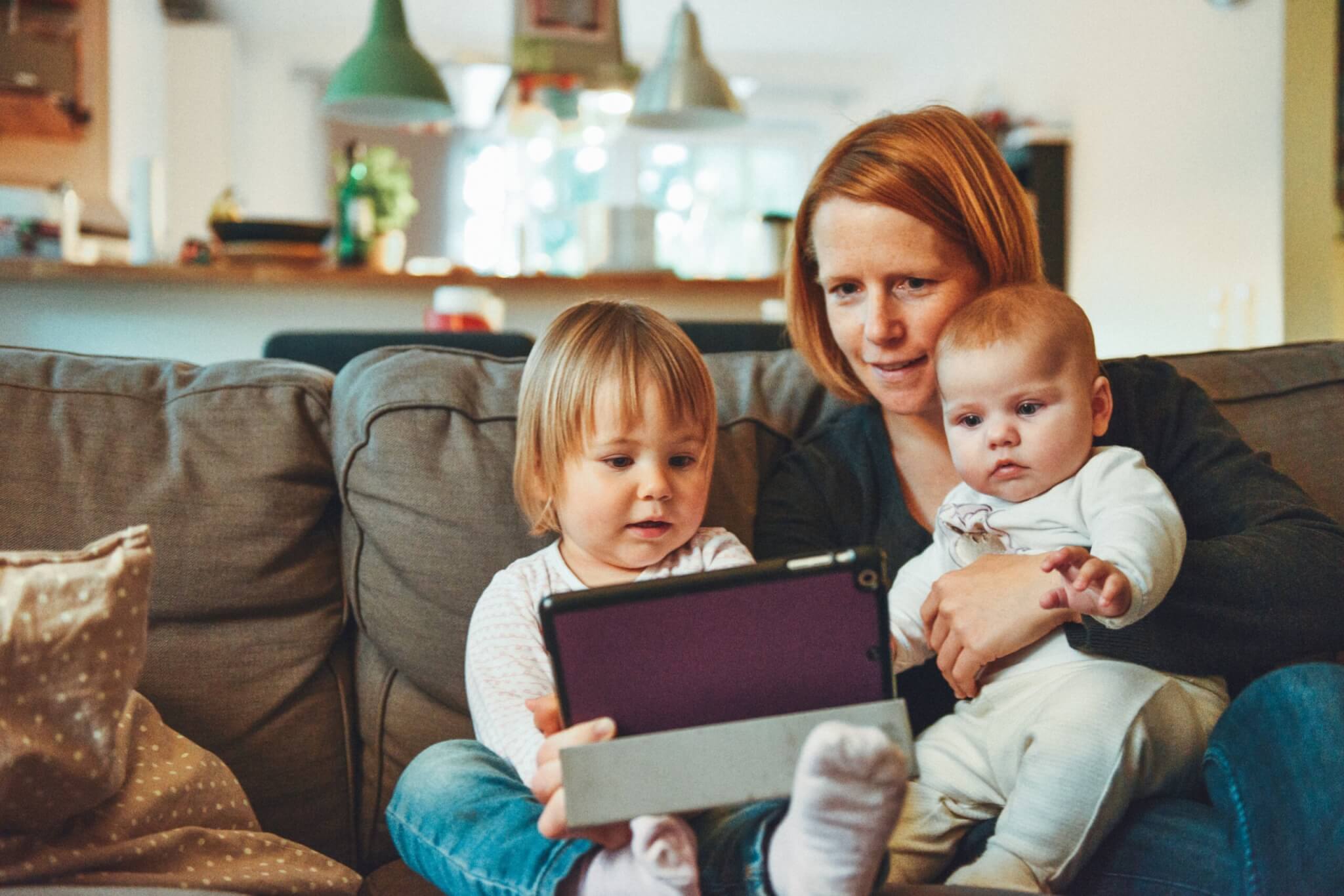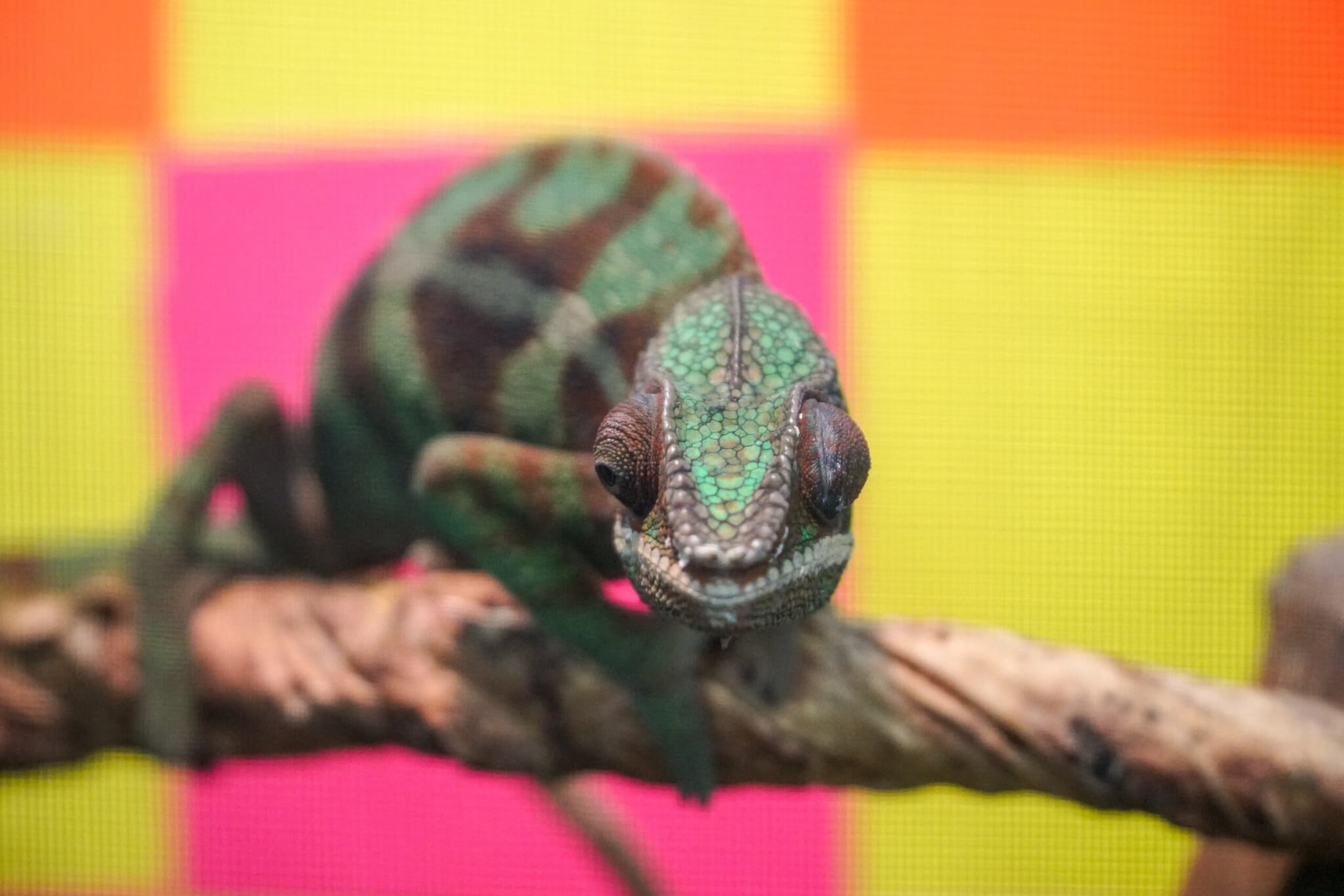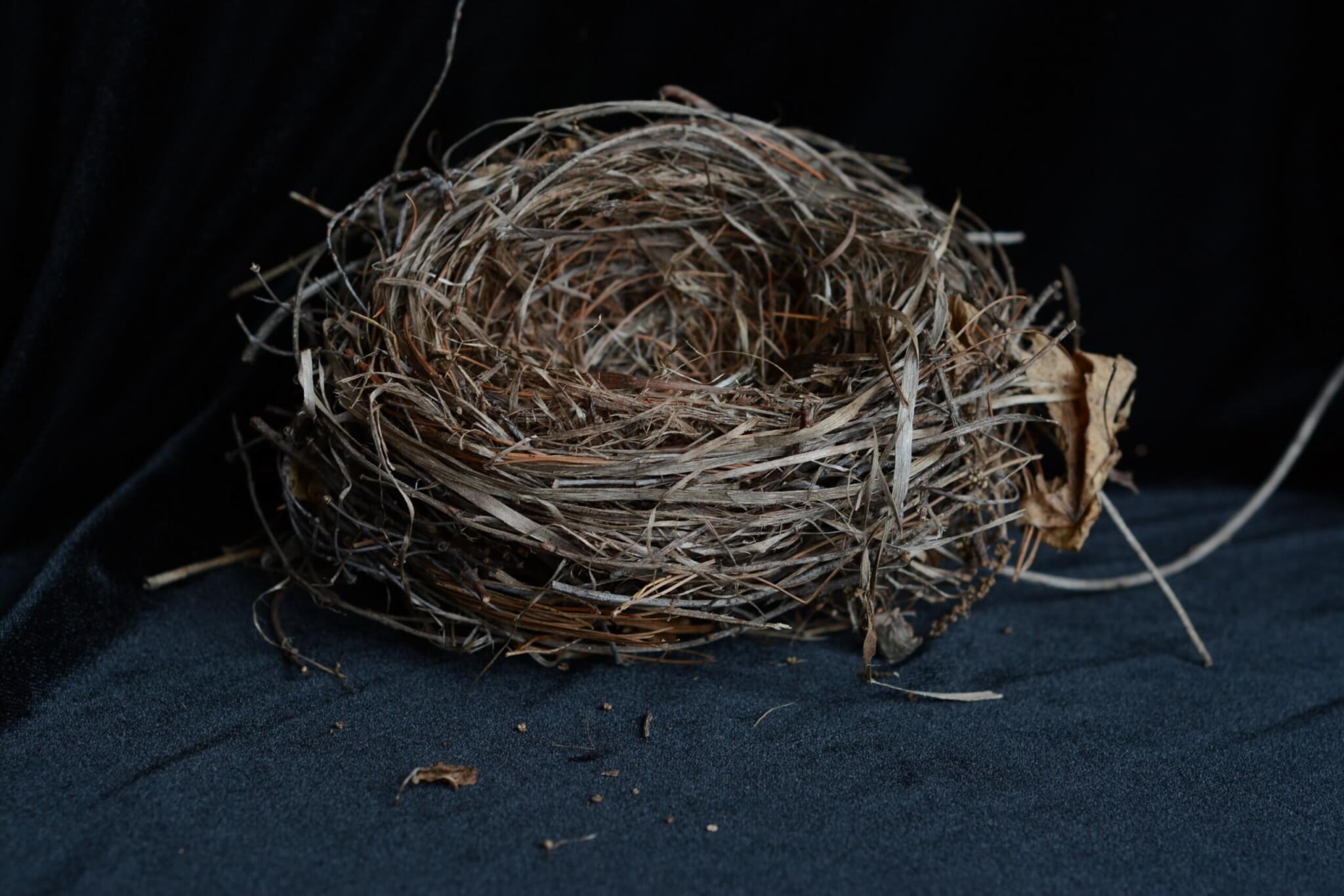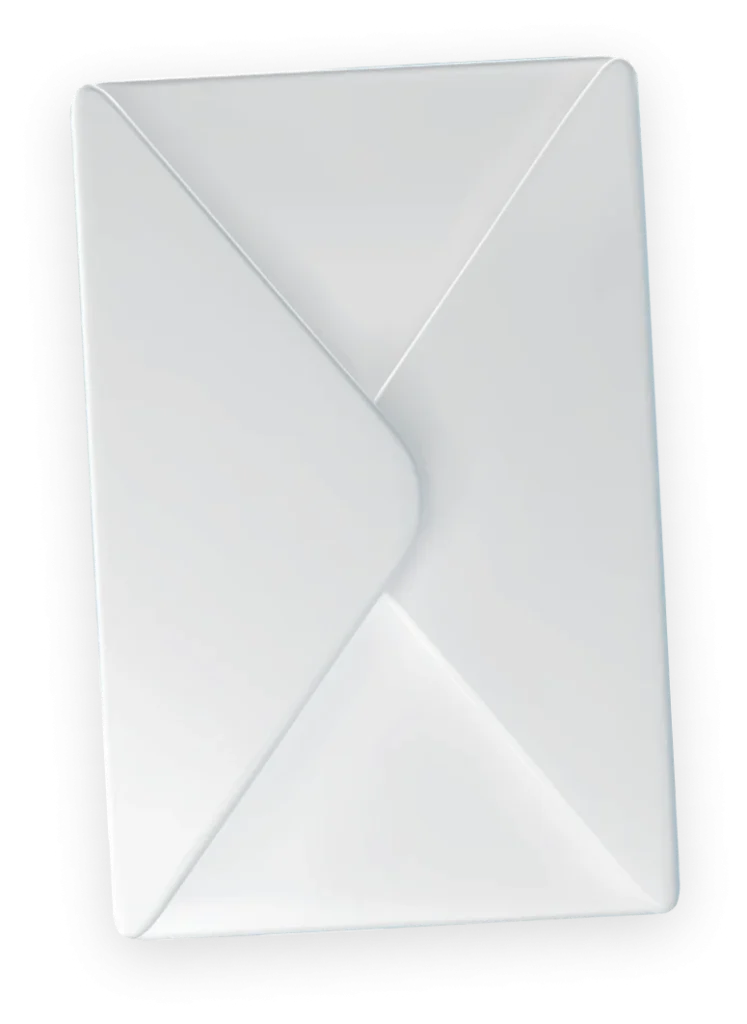It’s the time of year again when people are framing up their New Year’s resolutions to hopefully create a new behavior. But here’s the thing, New Year’s resolutions just don’t work!
New Year’s Resolutions Don’t Work
Data shows people fall short of their New Year’s resolutions time and time again. We’ve all been to the gym in January when it’s just completely packed, right? You can’t get a weight, you can’t get on a bench, you can’t get on a treadmill. It’s loaded with people, but you go to that same gym in March and you’ve got no problem. You’ve got free reign. So why do we all keep doing things the same way each new year?
Try BJ Fogg’s Tiny Habits Method
I had BJ Fogg, the author of the New York Times bestseller Tiny Habits, on my podcast. BJ is a scientist and professor at Stanford. He is the founder and director of the Stanford Behavior Design Lab where he studies human behavior. He’s created a method for creating real sustainable change that he’s used to help over 120,000 people.
On the podcast episode, BJ talks about how often, when we think about New Year’s resolutions we’re highly motivated to make a change, but unfortunately, the ability to change or the prompt isn’t there to create the change. So, what he teaches is a model called B + MAP. MAP stands for motivation, ability, and prompt.
Motivation to Change Doesn’t Equal Ability to Change
So for example, you might decide that in January, you want to work out more, and you’re highly motivated to do it. You’ve identified this as a change you want to make, and you’re motivated to do it, but the gym where you work out is 15 minutes away. Now, the ability to do that over time consistently could be impacted by the distance to the gym. So while you’re highly motivated to work out, you’ve got to make sure your ability to execute against it is attainable.
To make your new habit of working out more attainable, maybe the gym’s in your basement, maybe you pick the workout class around the corner to you, maybe you stream a workout class from home. Adjust the way you work out so that it is something that you can sustain and scale over time.
Create a Prompt by Attaching a New Behavior to an Existing Habit
Another unique part of BJ’s methodology is the idea to attach new behaviors to existing habits.
The prompt model that he teaches is after I do X, I will do Y.
So in other words, let’s say you want to have and be more grateful, and you want to recite your gratitudes in the morning and before bed. Maybe you attach that new behavior to brushing your teeth. Every morning after you brush your teeth you’ll recite your three gratitudes and you’ll do the same every night.
Or let’s say you want to read more, and you have a particular book and you want to read a chapter a night. After you make your bed in the morning, lay your book on your pillow so that you won’t forget at bedtime. By attaching a new behavior to an existing habit you’ve created the prompt and your likelihood of success goes up immensely.
Happy New Year!
The Molly Fletcher Company inspires leaders, teams and organizations to up their game. A keynote speaker and author, Molly draws on her decades of experiences working as a sports agent. Her company offers training and coaching programs to help leaders unleash their potential, including: Game Changer Negotiation Training, which teaches business people a framework for successful negotiating; The Energized Leader training, which teaches people how to manage their energy to achieve focus and freedom; and a monthly coaching program, Game Changer Leadership Huddles, to help members recharge their purpose and mindset. Sign up to receive our newsletter, subscribe to the Game Changers with Molly Fletcher podcast, and watch her TED Talk on The Secrets to a Champion Mindset.


